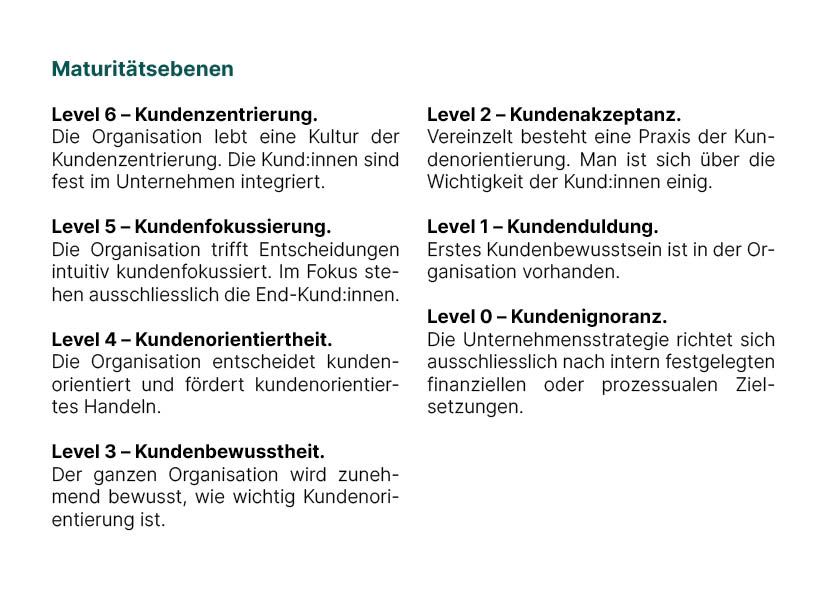
Was ist der NPS?
Wie entscheiden wir, wo wir einkaufen, welche Versicherung wir wählen, welchen Online-Shop wir nutzen und wo wir unsere Ferienausrüstung besorgen? Oft hängen diese Entscheidungen von den Ratschlägen unserer Freunde, der Familie, des Nachbarn oder der Arbeitskollegin ab. Natürlich nicht nur: Vor allem die Entscheidung, ob wir langfristig Kundin oder Kunde bleiben oder es bei einem einmaligen Kundenerlebnis bleibt, hängt von vielen weiteren Faktoren ab. Im Grund ist aber für die Gewinnung von Neukunden vor allem die Antwort auf diese eine Frage wichtig: Würden Ihre Kunden Ihr Unternehmen einem Freund oder einer Freundin empfehlen?
Im Wesentlichen handelt es sich bei dieser Frage um die Grundlage des Net Promoter Scores (NPS). Der NPS ist eine Kennzahl, die das Potenzial von Unternehmen zur Kundenbindung und -gewinnung misst: In Kundenbefragungen bewerten Kundinnen auf einer Skala von 0 bis 10, wie wahrscheinlich es ist, dass sie ein Produkt oder eine Dienstleistung einem Freund oder einer Kollegin weiterempfehlen würden.
Mittels Befragung können die Kundinnen und Kunden in drei Kategorien eingeteilt werden:
- Die Promotorinnen (9-10 Punkte): Kund:innen, die das Produkt oder die Dienstleistung aktiv weiterempfehlen und damit zur Kundenakquise beitragen.
- Passive Kund:innen (7-8 Punkte): Kund:innen, die zufrieden sind, aber das Produkt oder die Dienstleistung nicht aktiv weiterempfehlen.
- Die Kritiker:innen (0-6 Punkte): Kund:innen, die unzufrieden sind und das Produkt oder die Dienstleistung nicht weiterempfehlen und möglicherweise sogar davon abraten.
Die Kennzahl des NPS ergibt sich aus der Differenz zwischen dem Anteil der Promotor:innen und dem Anteil der Kritiker:innen (der Prozentanteil der LOW-Bewerter:innen wird vom Prozentanteil der HIGH-Bewerter:innen subtrahiert, so dass daraus Werte zwischen -100 und +100 resultieren).
Wer ist der Erfinder des NPS?
Die Idee des Net Promoter Scores stammt von Fred Reichheld. Reichheld war Partner bei Bain & Company und entwickelte die Messmethode in den 1990er-Jahren. In einer Studie kam er zum Schluss, dass Unternehmen mit höherer Kundenbindung langfristig besonders erfolgreich sind. Seitdem der NPS 2003 erstmals in einem Artikel von Harvard Business Review vorgestellt wurde, hat er sich zu einer der am häufigsten verwendeten Kennzahlen zur Messung der Kundenzufriedenheit und Kundenbindung entwickelt.
Potenzial einer umfassenden Messung der Kundenzentrierung
Der NPS punktet vor allem durch seine Einfachheit. Die Frage nach der Weiterempfehlung beantwortet jedoch noch nicht, wie kundenzentriert ein Unternehmen wirklich ist: Kundenzentriert ist ein Unternehmen dann, wenn es die gesamte Unternehmensorganisation auf die Kundinnen und Kunden ausrichtet.
Auf der Grundlage der NPS-Logik hat die Customer Metrics AG eine neue, empirisch hergeleitete Messmethode entwickelt. Im Customer Centricity Hub (CC-Hub) erhalten Sie einen 360 Grad Überblick über die Kundenzentrierung ihres Unternehmens. Der Customer Impact Score (CI-Score) ist die eine von zwei Messungen, die im CC-Hub dargestellt werden. Der CI-Score misst die Kundenzentrierung eines Unternehmens aus Sicht der Kundinnen und Kunden und gibt den Reifegrad in 7 Stufen an:

Das Pendant dazu stellt der Customer Centricity Score (CC-Score) dar, der die Kundenzentrierung des Unternehmens aus interner Sicht der Mitarbeitenden misst.
Wie steht es um die Kundenzentrierung Ihres Unternehmens? Wissen Sie, wie kundenzentriert sie aus Sicht Ihrer Kund:innen und Mitarbeitenden wahrgenommen werden? Kontaktieren Sie uns noch heute. Wir unterstützen Sie gerne bei der Messung der ganzheitlichen Kundenzentrierung und schlagen Ihnen individuelle Verbesserungsmassnahmen vor.


